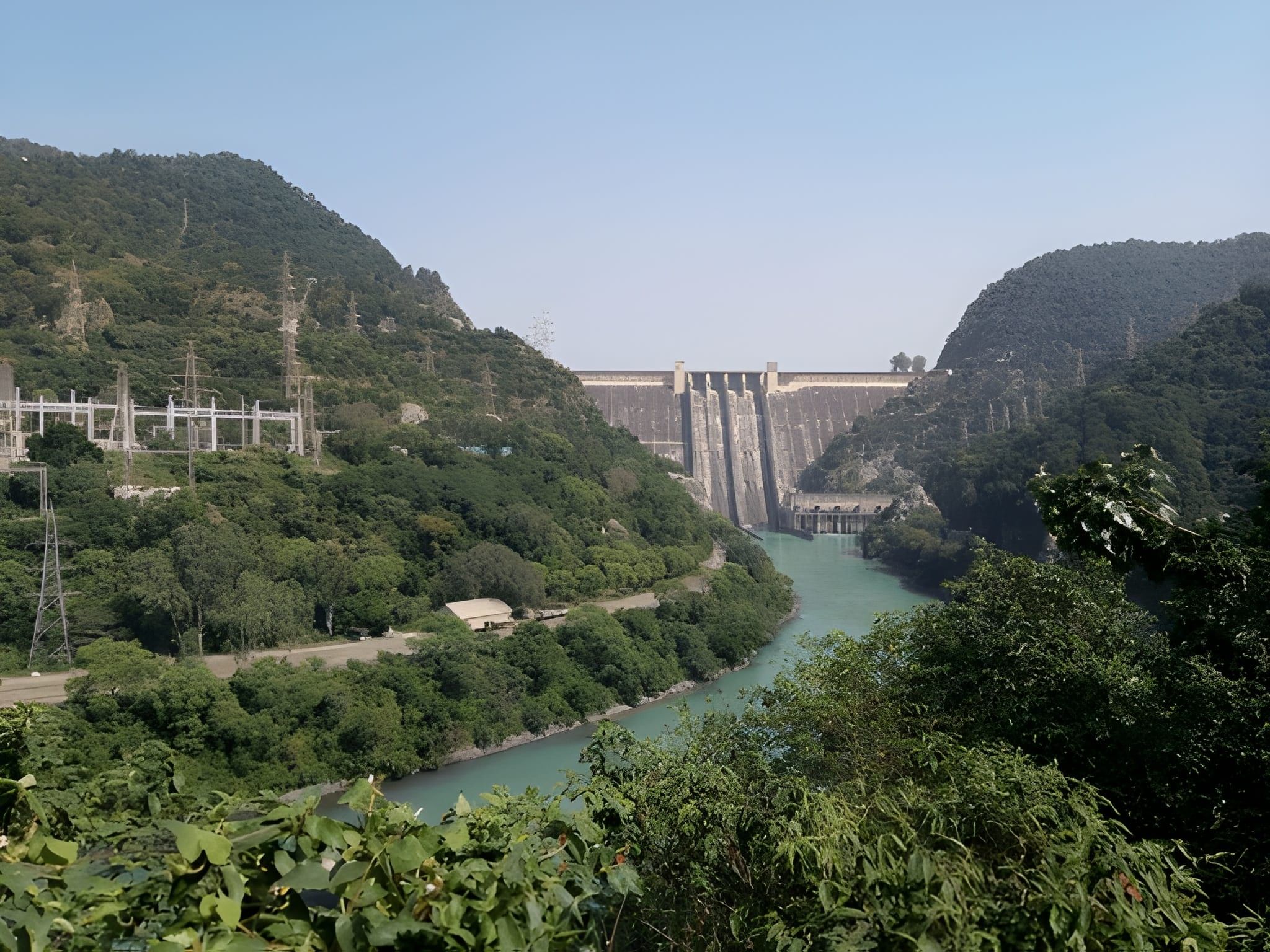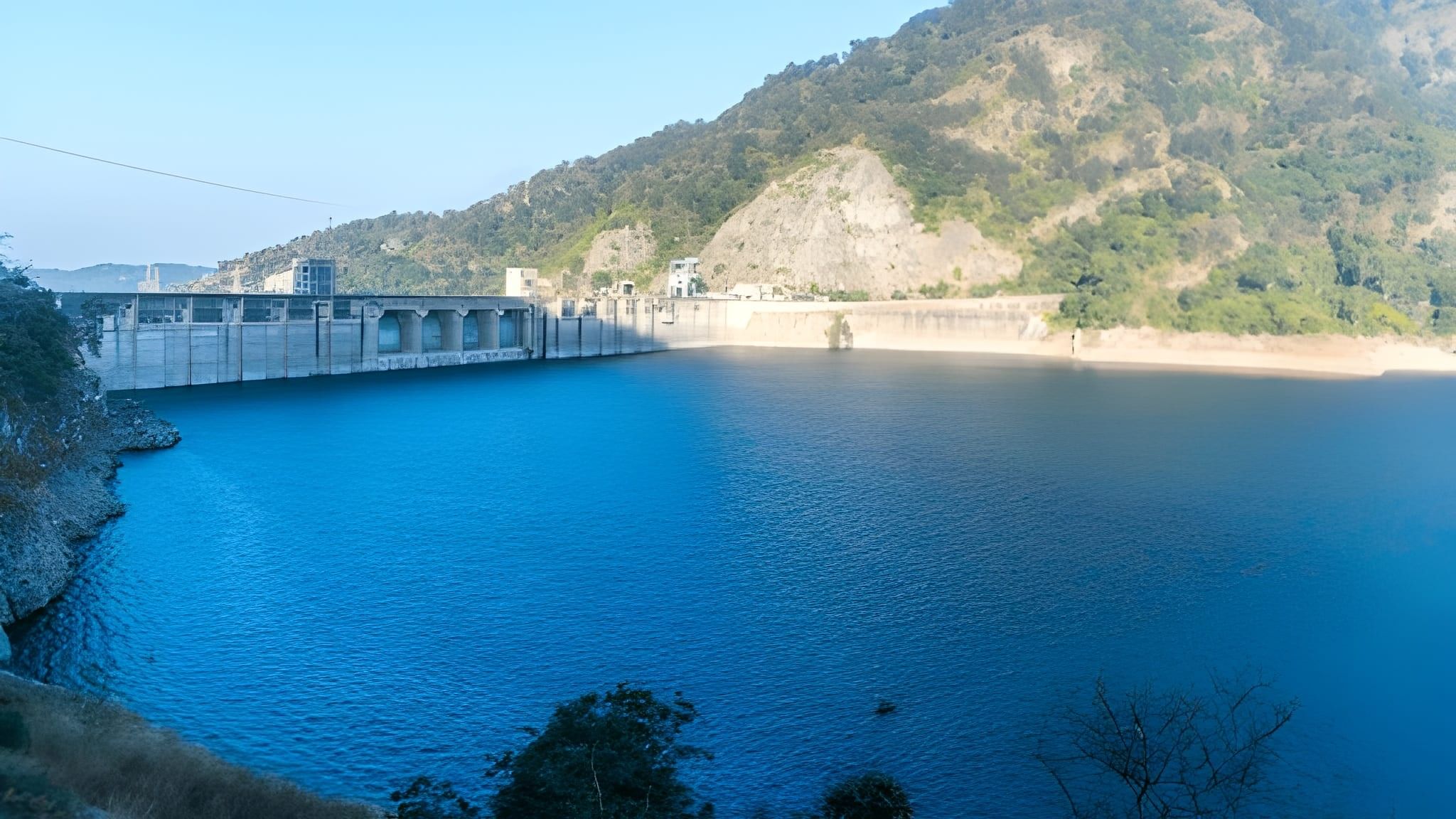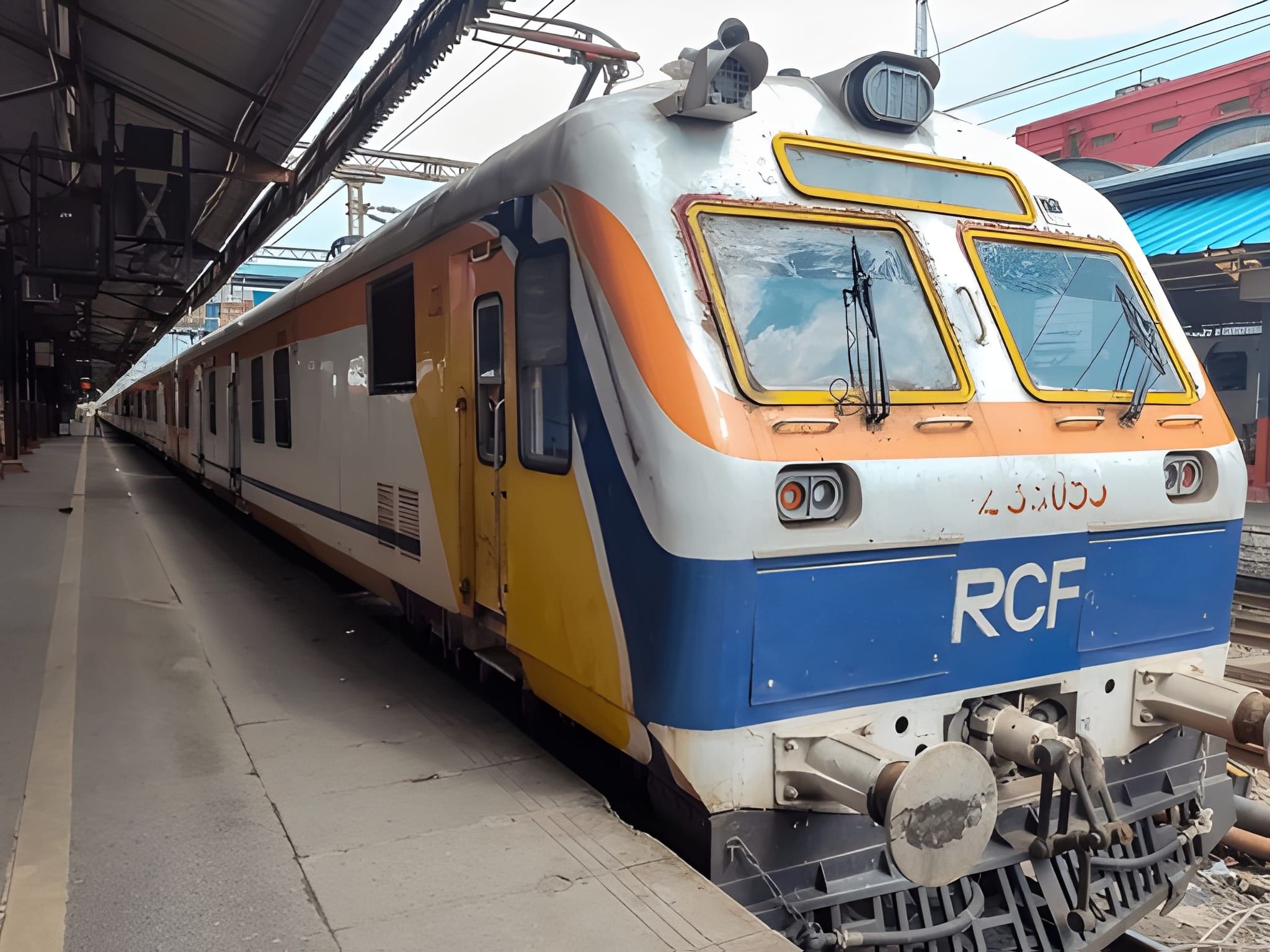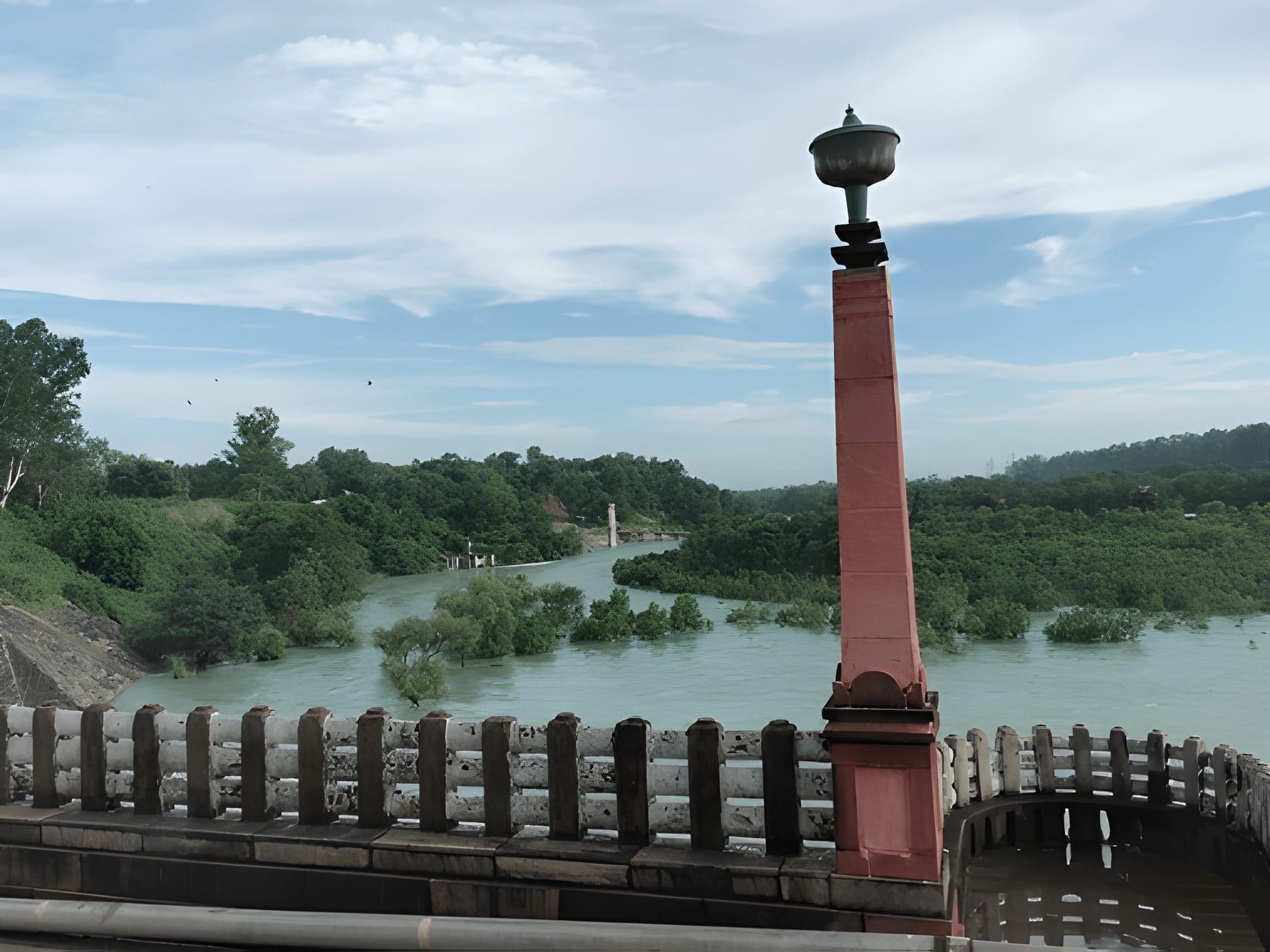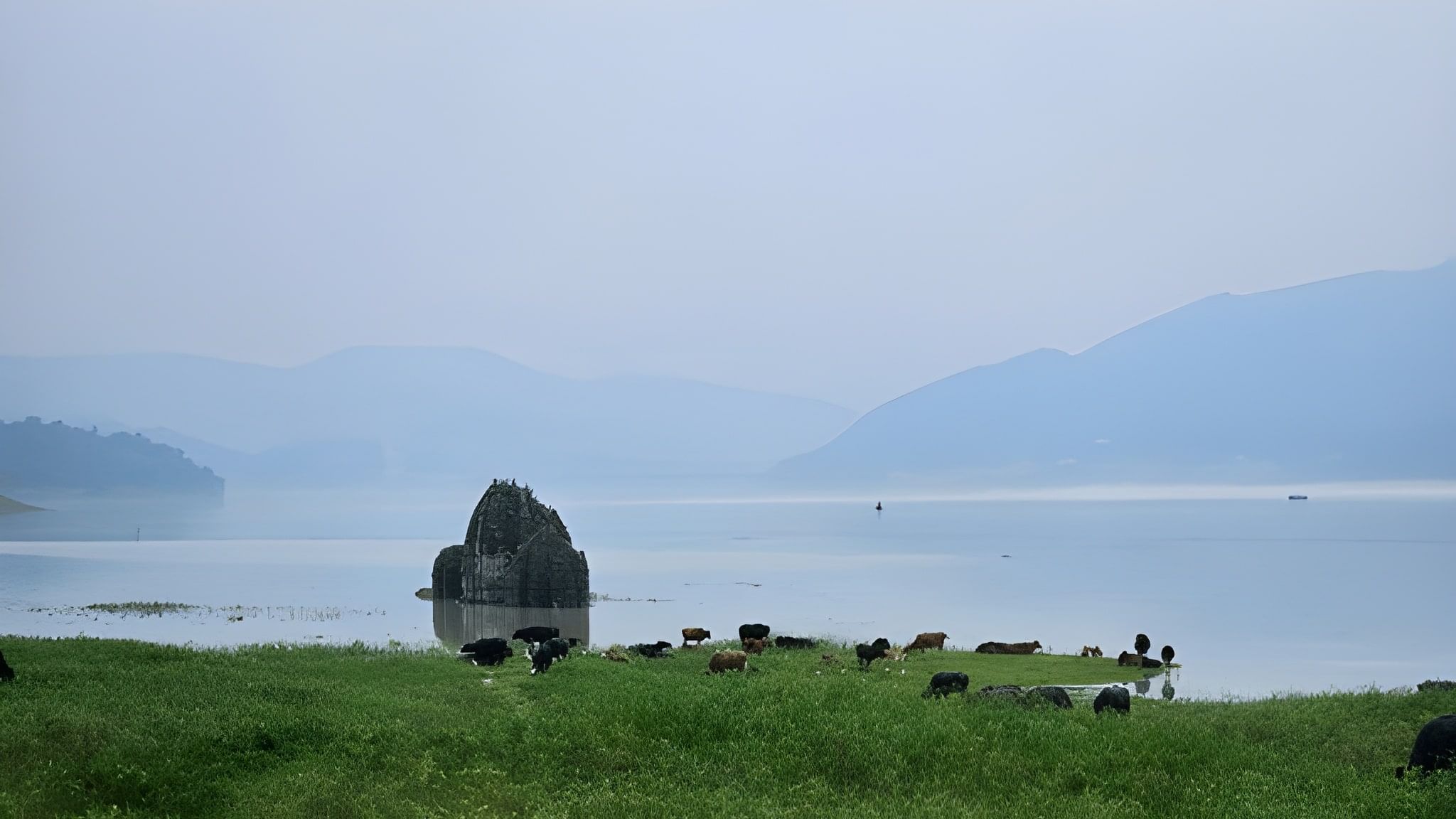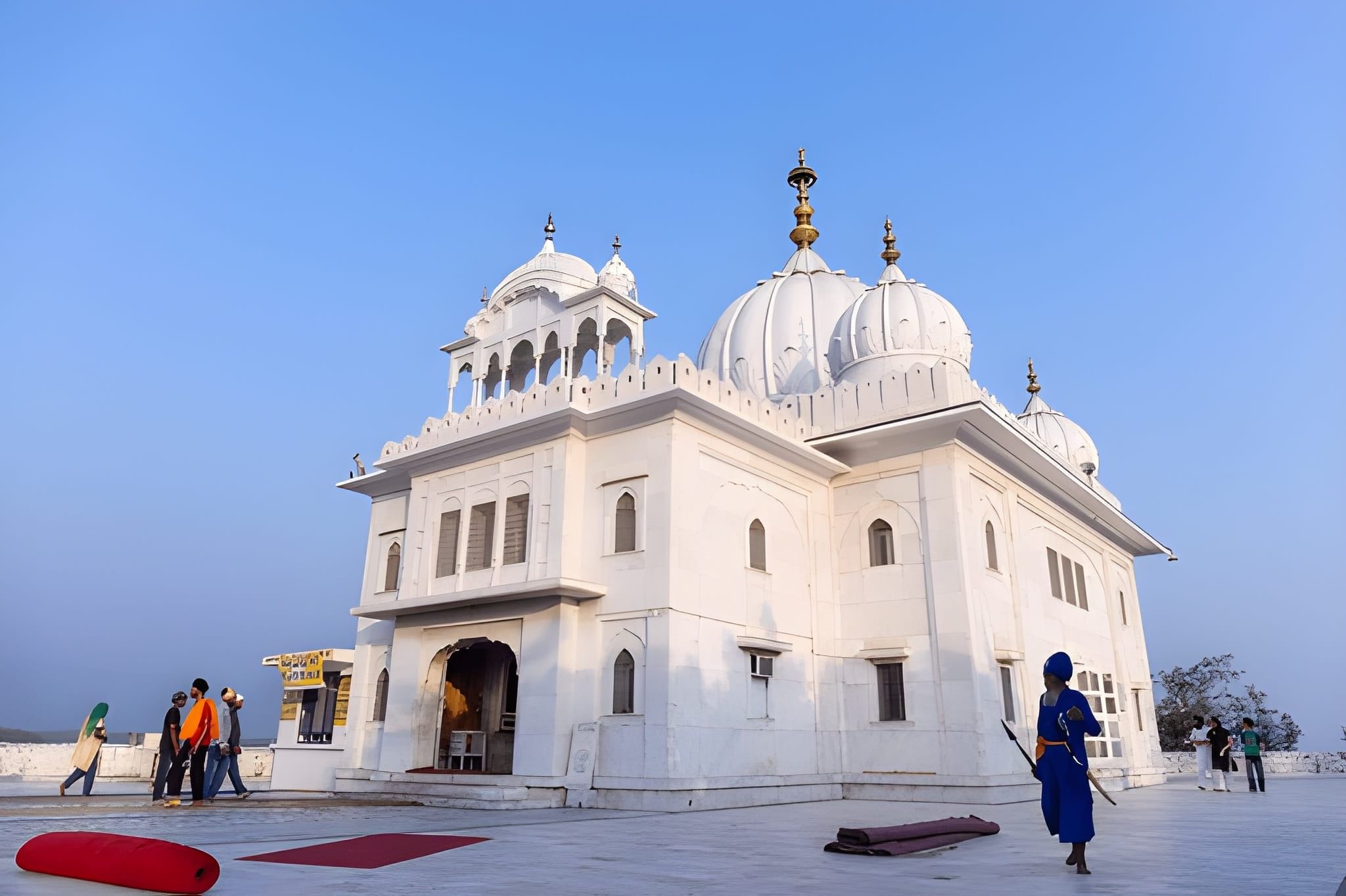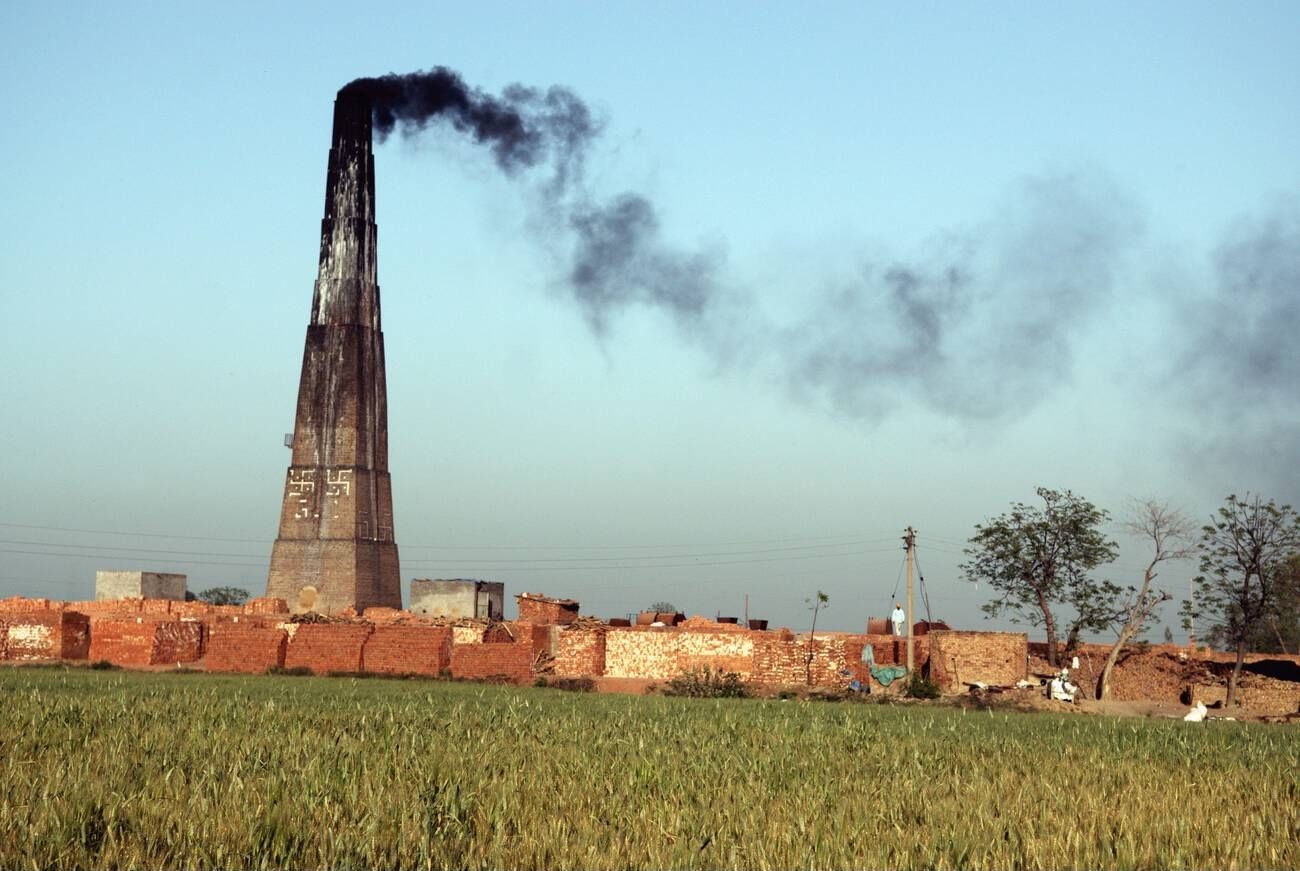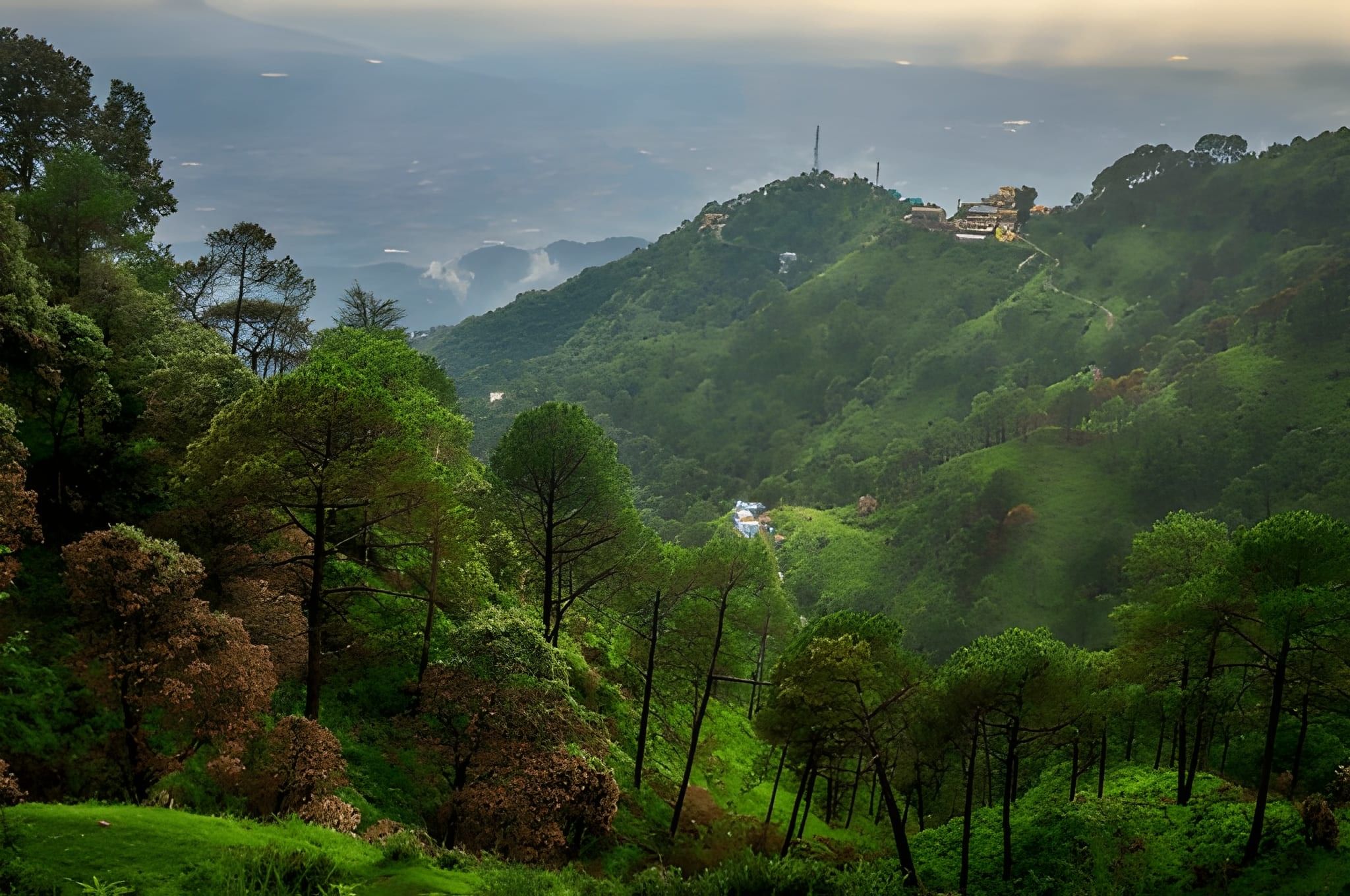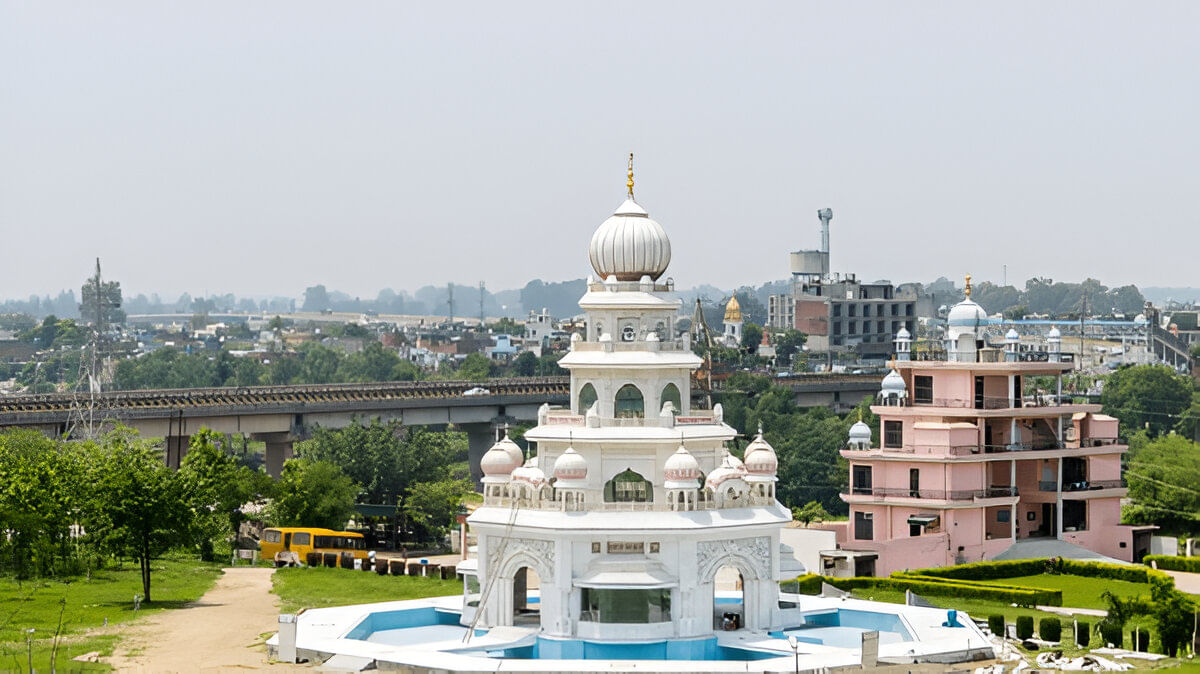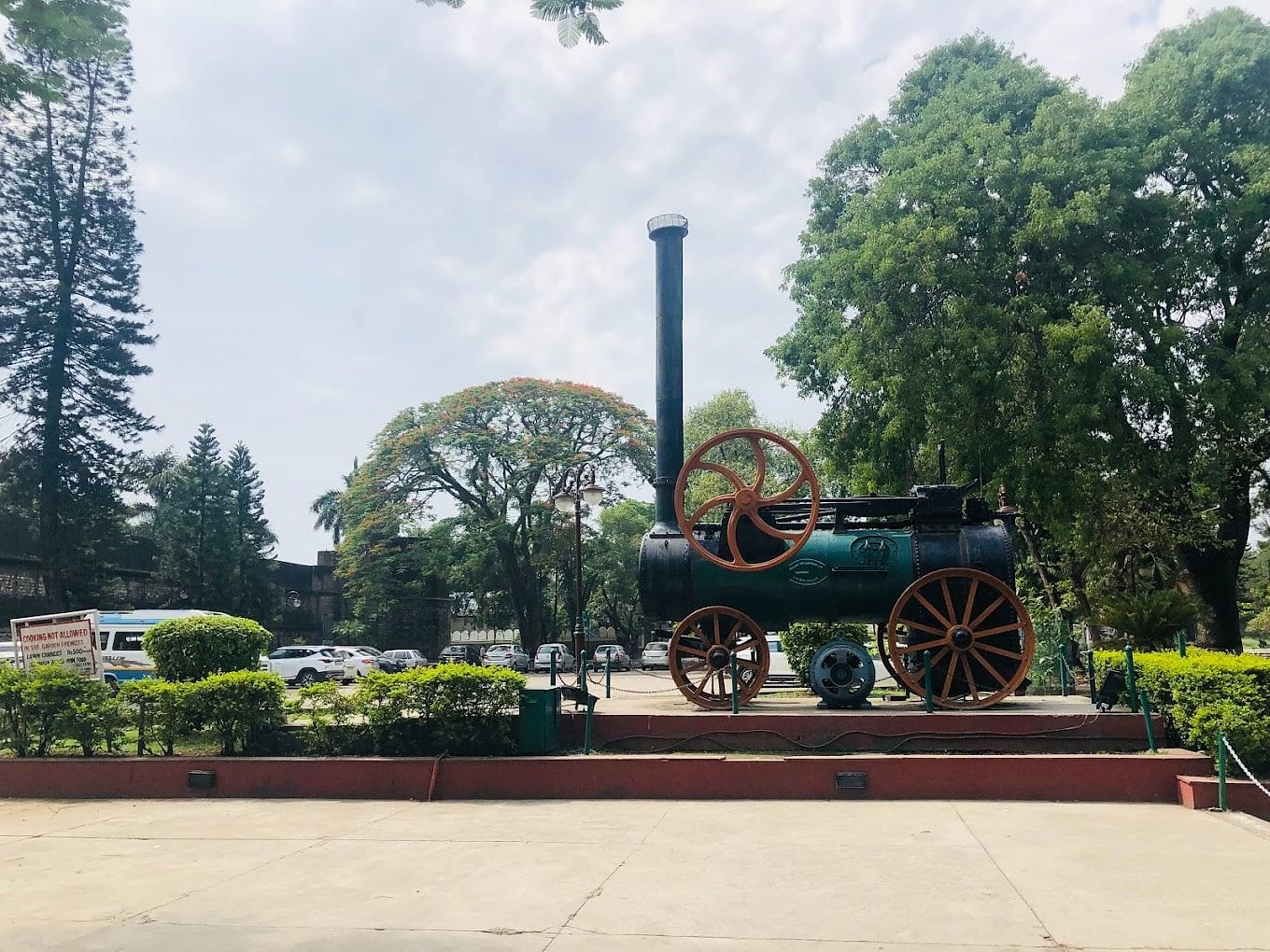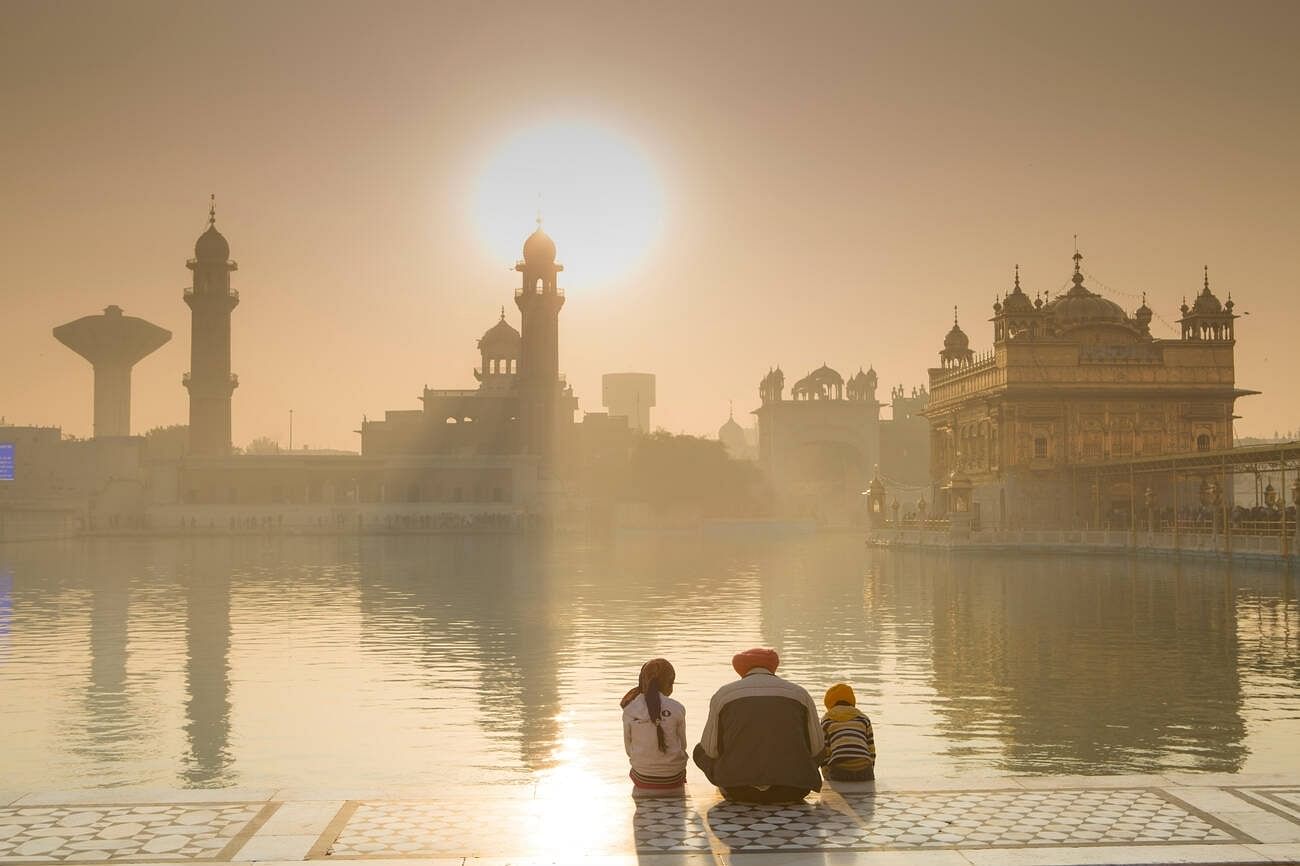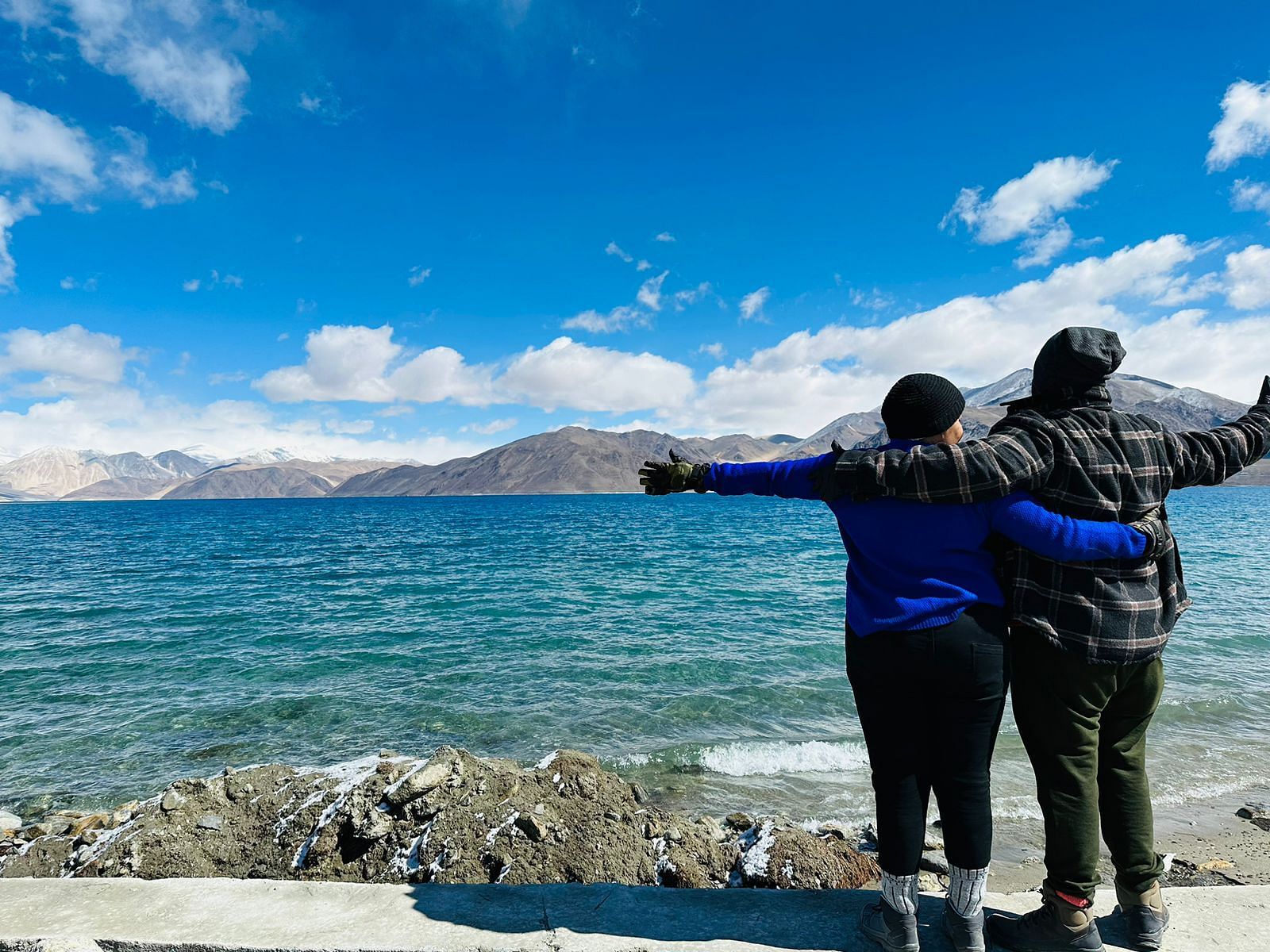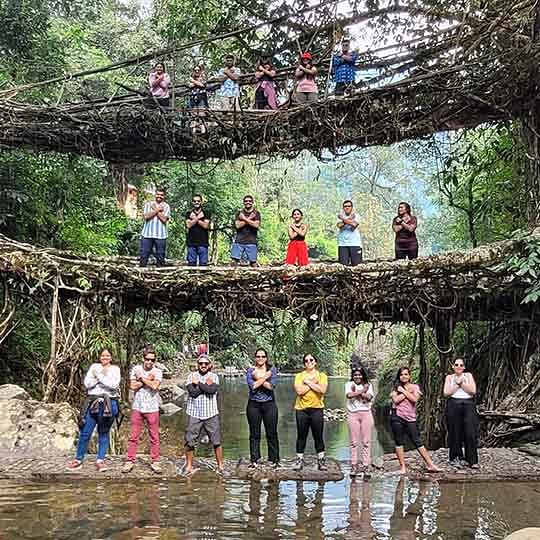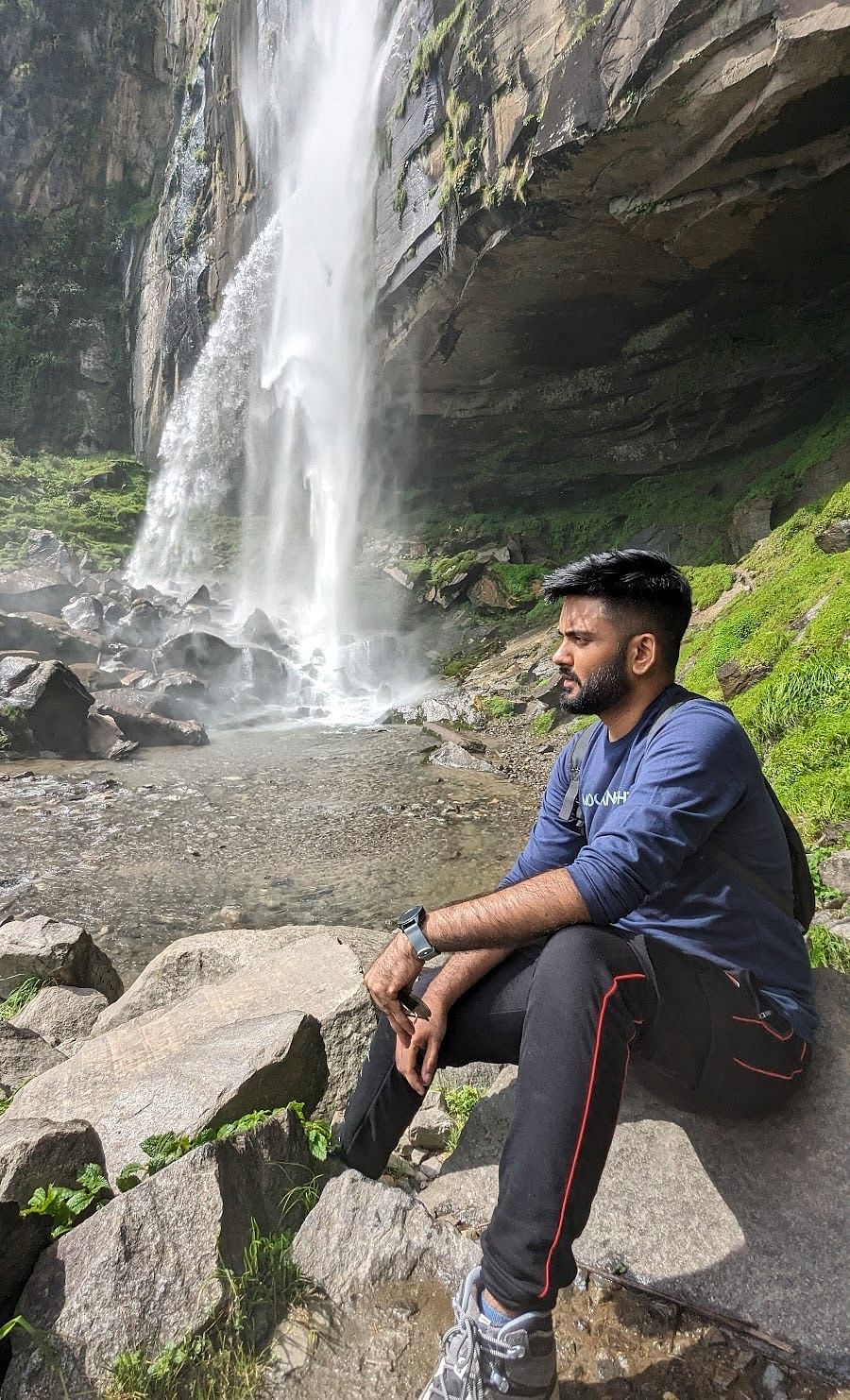What if I told you there’s a place in India where nature, history, and sheer human willpower meet? A place where a mighty river is tamed by a wall so grand that it makes you feel tiny. That’s the Bhakra Dam.
Set against the backdrop of the Shivalik Hills, the Bhakra Nangal Dam location is more than just a dot on the map between Punjab and Himachal Pradesh. It’s a story carved in concrete of farmers finding water for their fields, towns lighting up with electricity, and for travelers on an India tour, it’s an unexpected gem that is amazing to witness.
Sure, a dam might not sound like the most thrilling subject at first, but the Bhakra Dam isn’t just about water and power! You see vision, resilience, and the kind of human achievement that makes you stop and say, wow, we built this!
History of Bhakra Nangal Dam
The story of the Bhakra Nangal Dam is closely tied to the story of independent India. Soon after 1947, the country faced big challenges - food shortages, frequent floods, and the urgent need for electricity. India needed something that could bring water, power, and hope all at once.
That’s when the idea of building the Bhakra Dam on the Sutlej River took shape. The British had thought about it earlier, but it was only after Independence that the plan truly began. Jawaharlal Nehru, India’s first Prime Minister, called it the “Temple of Modern India”, because it represented progress, unity, and self-reliance.
Construction started in the late 1940s, and it wasn’t easy. Thousands of workers, engineers, and experts from around the world joined hands to make it possible. After years of hard work, the dam was finally completed in 1963.
At that time, it was one of the highest gravity dams in the world, and it instantly became a symbol of what a young nation could achieve. The dam didn’t just control floods - it gave farmers irrigation for millions of acres, supplied electricity to towns and industries, and turned a dream into reality.
Even today, the Bhakra Nangal Dam stands tall not just as a structure of stone and concrete, but as a reminder of India’s determination to rise and build its future.
Bhakra Nangal Dam: Quick Facts
How to Reach Bhakra Nangal Dam India?
Reaching the Bhakra Nangal Dam location is quite easy, as it is well-connected by road, rail, and air. The dam lies on the border of Punjab and Himachal Pradesh, near the towns of Nangal and Rupnagar.
By Air
- The nearest airport is Chandigarh Airport (about 120 km away).
- From Chandigarh, you can hire a taxi or take a bus to Nangal.
By Train
- The nearest railway station is Nangal Dam Railway Station, around 13 km from the dam.
- Trains from Delhi, Chandigarh, and other major cities stop here.
By Road
- Bhakra Nangal Dam is well-connected by road.
- You can drive from Chandigarh (3–4 hours), Delhi (7–8 hours), or take state-run buses that frequently operate on this route.
Travel Tip: The roads around the dam pass through scenic hills and valleys, making the journey itself as enjoyable as the destination. If you’re on an India tour, combining Bhakra Nangal Dam with nearby spots like Anandpur Sahib or Kasauli makes for a perfect trip.
Importance and Benefits of Bhakra Dam India
- Irrigation: Waters millions of acres in Punjab, Haryana, Rajasthan & Himachal Pradesh.
- Power Generation: Produces over 1,200 MW of hydroelectricity.
- Flood Control: Controls Sutlej River floods, protecting villages and farmland.
- Drinking Water: Supplies water to nearby towns and cities.
- Tourism: Gobind Sagar Lake offers boating, fishing, and scenic views.
Economic Growth: Supports agriculture, industries, and green energy.
Bhakra Nangal Dam: Nearby Attractions
Location: Himachal Pradesh
Created by the Bhakra Dam itself, Gobind Sagar Lake is one of the largest man-made lakes in India. It’s perfect for boating, fishing, and relaxing by the calm waters. The sunsets here are a treat for photographers and nature lovers alike.
Location: 6GP2+9G6, Keshgarh Sahib, Anandpur Sahib, Punjab 140118
Just 30 Kilometers away lies Anandpur Sahib, one of the most sacred places for Sikhs. The town is filled with historic Gurudwaras and comes alive during the vibrant Hola Mohalla festival. It’s a must-visit if you love culture and history.
Location: 19, Main Market, Nangal, Punjab 140124
The closest stop to the dam, Nangal town, offers peaceful gardens, a small local market, and cozy eateries. It’s an ideal spot for a quick break, a stroll or even an overnight stay if you want to explore at a slower pace.
About 90 km from Bhakra Dam, Kasauli is a charming hill station surrounded by pine forests and colonial-style buildings. Whether it’s a walk through nature or enjoying mountain views, Kasauli is a refreshing getaway from the busy plains.
Suggested read: Gobindgarh Fort Amritsar
Travel Tips for Visiting Bhakra Nangal Dam
- The dam is usually open from 10 AM to 4 PM, Monday to Saturday and remains closed on Sundays and Public holidays. Always confirm timings before you visit, as they may change due to security reasons.
- Entry to the dam often requires prior permission or security clearance. Keep a government-issued ID handy, as you may need it for verification.
- Photography is generally restricted inside the dam premises for security reasons, however you can take beautiful shots of Gobind Sagar Lake and the surrounding areas.
- The ideal season is from October to March, when the weather is cool and pleasant. Summers can be hot, and the monsoon months may bring travel disruptions.
- Since the dam lies on the border of Punjab and Himachal Pradesh, you can easily combine your visit with nearby attractions like Anandpur Sahib, Kasauli, or Ropar.
- Pack light snacks, drinking water, sunscreen, and comfortable walking shoes. If you’re traveling with family, plan for short breaks as the area can get crowded.





